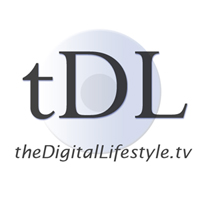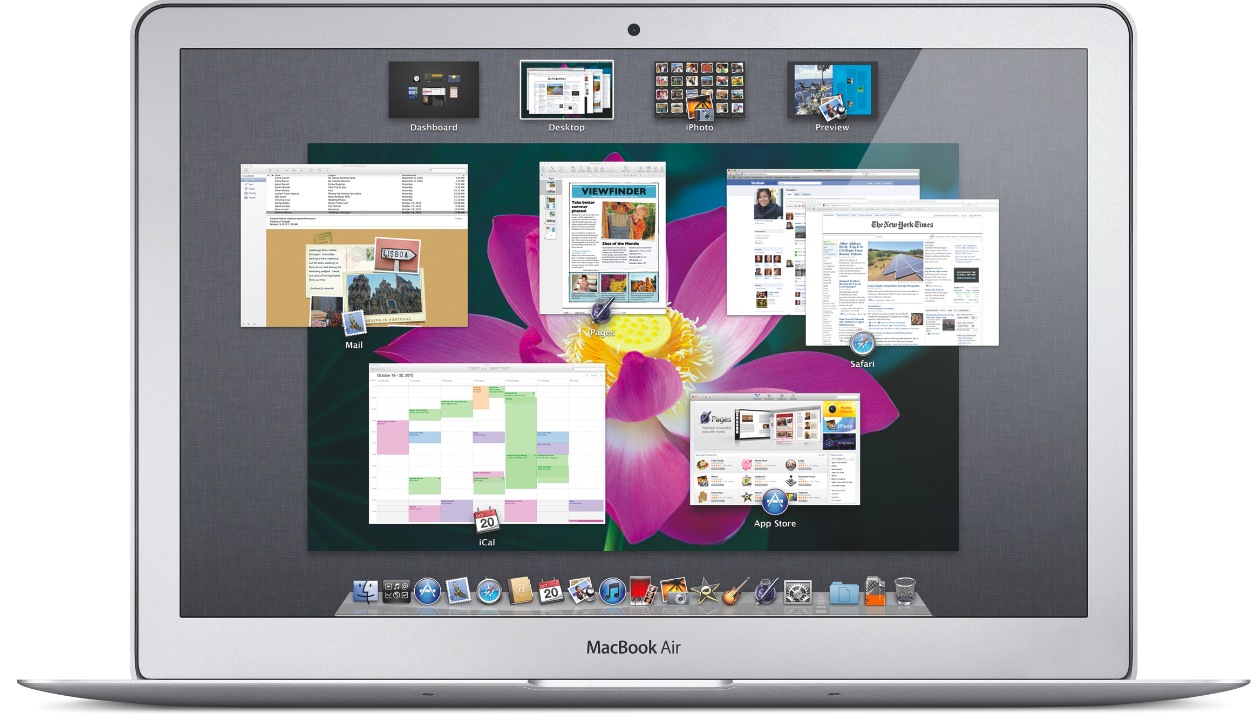Mac App Store: First Impressions
 Thursday, January 6, 2011 at 9:17AM
Thursday, January 6, 2011 at 9:17AM  Look familiar?Apple has opened the doors on the Mac App Store, bringing the iPod/iPad app buying experience to the desktop. We've given it a quick run-through, and here are some quick observations.
Look familiar?Apple has opened the doors on the Mac App Store, bringing the iPod/iPad app buying experience to the desktop. We've given it a quick run-through, and here are some quick observations.
How do you get it?
You will need to install the 10.6.6 update, and agree to updated terms in iTunes.
Where is it?
After you install the update, an App Store icon is loaded in your dock. Unlike certain apps on the iPhone, you can remove the App Store icon from the dock.
Where do apps go?
By default, an icon to launch each purchased app is placed in the dock, and the app goes into the applications folder. This could lead to some housekeeping if you like a tidy dock. This probably lends itself to the dock functionality becoming more iPhone/iPad screen-like in the future, and 10.7 previews tend to confirm this.
What does it look like?
It looks a lot like iTunes. In fact, when the store was announced, some people said they hoped it wouldn't be part of iTunes. Well frankly, the layout is so similar, it would make a lot of sense to combine them. Then again, this is the "App Store" and within the iTunes store, you also have the "App Store" tab which is where you currently access iPhone and iPad apps. It would make sense to add a third button for Mac apps here. Don't be surprised if these are combined in the future.
What kind of apps are there?
There are titles that you'll be familiar with from the iOS store, like Angry Birds. These titles are mostly priced at $4.99. Then there are free apps like Twitter, that seem more like something you would've found in the widget gallery in years gone by. In fact, a large swath of the store are apps with this kind of single function purpose. Of course you also have Apple's iLife and iWork apps, but no heavy duty software like Final Cut, Word, or PhotoShop. There are a thousand apps out of the gate, with surely thousands more just around the corner.
Thumbs up or thumbs down?
We'll say thumbs up, with the assumption that more and (hopefully) bigger titles will be in the store soon.
The App Store is thoughtfully laid out, but Apple may have made a miscalculation in not allowing demo versions of software through the store. Buying a no-name Office suite replacement for the iPhone for $2.99 is different than paying $49 for something similar on the Mac: You want to have a better idea of what you're getting as the price rises. Maybe there are practical reasons to separate the App Store from iTunes, but for a company who prides itself on elegant design, it doesn't seem like an extra icon/app just to access what is essentially a separate branch of the existing iOS store ecosystem. The buying experience is seamless and effortless. Whether Adobe, Microsoft, et al bring their software to the store remains to be seen.
 mac app store
mac app store  Permalink
Permalink 
























